Besides their food, Swedish drinks are something that depicts unique Sweden culinary culture perfectly. From the morning coffee to the much-awaited Christmas soft drink, Swedish people always know how to enjoy their beverages to the fullest.
These drinks, in a way, help the Swedish embrace their culture and nation’s identity. And getting to know a few of those beverages will help you become alive to the beauty of this country. Don’t worry! There’s so much more than just Absolut Vodka I’m going to touch on.
So, are you ready? Let’s get right into it then!
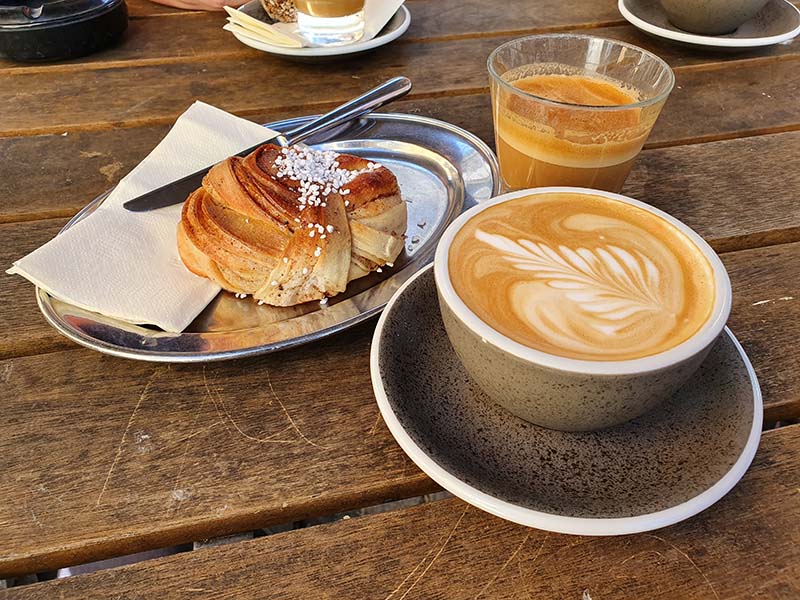
5 Traditional Drinks The Swedes Of All Ages Take Most Pride In
The Swedish have come up with brilliant ways to make their drinks. They’ve gathered different elements like spices, dairy, and fruits and created beautiful mixtures of beverages that have been loved through the years.
No matter the generation, these drinks never fail to comfort the Swedish on any given day. The best thing about these is that they are non-alcoholic, so it’s fine to consume at any time of day.
1. Saft (Swedish Fruity Soft Drink)
Non-alcoholic

Let’s start with Saft, an easy sweet treat loved by all children in Sweden. Saft is a sweet concentrate that’s slightly fruity. People usually dilute Saft with water for a perfect refresher.
There are a few variations in terms of the Saft’s flavors. Swedish people can choose from lingonberry, elderflower, or rose hips. There are also options of citrus-flavored Saft if you prefer something less sweet, some of which are lemon and orange.
Making Saft consists of cooking the fruits until they’re soft. After that, this fruit concoction will go through sifting to release the concentrated essence, which would be the final product of Saft. The most traditional flavors of Saft you could find in Sweden are lingonberry and elderflower.
This drink is most pleasant for children who just returned from playing in their backyard. But of course, anyone looking for something fresh on a summer’s day can also enjoy Saft.
Where to buy: There are different brands of Saft in Sweden. And you can easily look for them in almost any Swedish supermarket.
2. Filmjölk (Swedish Yogurt Drink)
Non-alcoholic
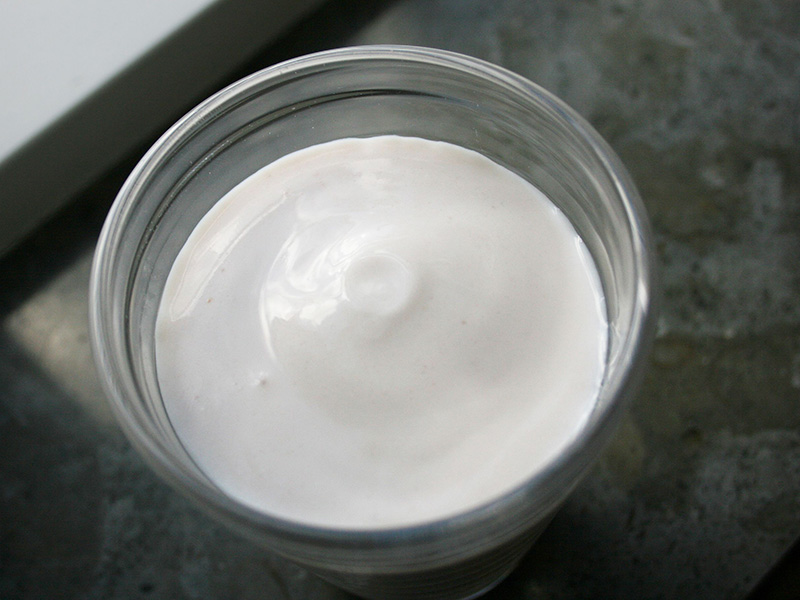
The Swedish have their kind of yogurt drink, which goes by the name of Filmjolk.
While I’m calling Filmjölk Swedish yogurt, there’s no official English name for this drink. In Norwegian, however, people call this “Kulturmelk”. To simplify, it’s a kind of fermented milk from Sweden. But because the consistency is somewhat thick, it’s considered a kind of yogurt.
People first encountered Filmjölk as a supermarket product in 1931. However, homemade Filmjölk has been around in Sweden long before that. Records from the 18th century mentioned products similar to Filmjölk, meaning it’s been around for centuries.
Filmjölk usually goes with various kinds of berries as a satisfying sweet-flavored breakfast. In addition to that, Filmjölk is also enjoyable without any toppings. To some Swedish people’s liking, a drop or two of honey makes it more pleasant to eat.
Where to buy: In Sweden, they carry these dairy products in local grocery stores and supermarkets.
Elevate your yogurt’s taste with this recipe of the Swedish version called Filmjölk.
3. Söderblandning Te (Swedish Tea Blend)
Non-alcoholic
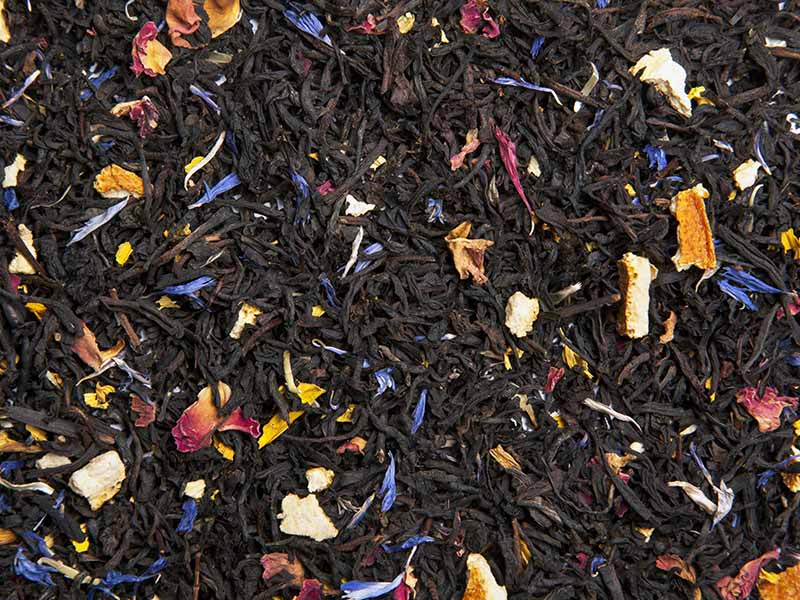
Söderblandning is a blend of Ceylon or other Chinese tea varieties (preferably black tea) and tropical fruits and flowers. The Tea Center company in Stockholm is the only business holding the exact recipe of this tea blend.
The invention of Söderblandning was a happy accident. The owner of Tea Center once threw away one of his trial batches. But his workers decided to keep and brew it. The tea turned out excellent, so the owner decided to recreate the same taste.
This blend gives a full-bodied taste with little acidity. The flowers and fruits also create a sweet fruity flavor to the tea.
Where to buy: Since it’s impossible to replicate the exact recipe, you can only purchase at The Tea Center in Stockholm, Sweden, as it’s the only place that sells Söderblandning.
4. Julmust (Christmas Soft Drink)
Non-alcoholic

I would be lying to say that Julmust is just another regular type of soft drink. This soft drink is a staple in every Swedish household every Christmas.
Though it’s slightly sweeter than your typical soft drink, it has a unique taste that no other type can replicate. This unique flavor comes from a combination of secret spices and malt extract. This combination gives a musky flavor and a warm mouthfeel, making it the perfect Christmas drink.
It’s fascinating that the sales of Coke drop to a remaining only 50% every year around Christmas since everyone in Sweden rushes to buy Julmust. Do I need to elaborate on how much the Swedish love their Julmust any longer?
Another fun fact about Julmust is that it’s more accessible around Christmas. You will have difficulty looking for a bottle of Julmust to fix your craving on a summer’s day.
Where to buy: As Julmust is an extremely common drink during Christmas, you can find it everywhere from local stores to supermarkets and convenience stores. However, the only time besides Christmas that you can purchase Julmust is during Easter.
5. Pommac (Fruit Soft Drink)
Non-alcoholic
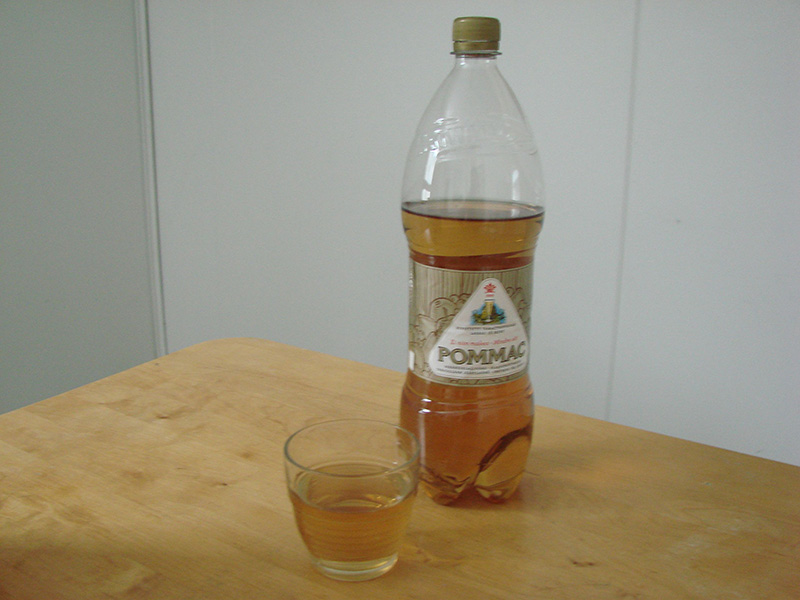
Pommac is a common soft drink that the Swedish people love all year round.
Aside from Julmust, Pommac is another type of soft drink that the Swedes love as their refreshment. This is a type of carbonated drink from fruits and berries. What’s special about this drink is that people mellow these fruits and berries in barrels for them to mature before use.
The original recipe was from a Finnish-Swedish unknown inventor, Anders Lindahl. He started making Pommac in 1919 after moving to Stockholm and establishing Fructus Fabrikker, his factory. It was originally a non-alcoholic wine replacer among the upper-class people.
Where to buy: You can find this soft drink brand in Swedish in hypermarkets, a type of large supermarket with a huge range of goods.
6 Swedish Spirits For You To Get Closer To Swedish Drinking Culture
Now that I have talked about the non-alcoholic drinks, I will continue with the heavier type. The kind that would help create an enjoyable time for the Swedish grown-ups. After reading about these drinks, you will notice that the Swedes love to add spices to their liquor, making it extra special.
6. Glögg (Swedish Mulled Wine)
Alcoholic

Glögg is another Christmas drink probably more suitable for the grown-ups in Sweden. It’s a type of cooked wine with sugar and spices. What gives Glögg its complexity and depth in taste is the combination of cloves, cinnamon, ginger, and cardamom.
Glögg, despite being a Christmas drink, isn’t similar to Julmust. It’s a drink with the base of wine, with the addition of citrus fruits. In addition to that, Glögg is usually warm and isn’t cold or carbonated like Julmust. And this drink is not suitable for children since it’s alcoholic.
Like their fondness for Julmust, the Swedes enjoy drinking Glögg in the winter. Most will choose to make their Glögg at home with a curated recipe. However, people still sell Glögg everywhere as a cup of warm wine while walking is always a good idea to fight the cold weather.
For those who can’t consume alcohol, there is a non-alcoholic version available. People make this by replacing wine with fruit juice. However, people usually serve the original Glögg with a dash of vodka and raisins.
Where to buy: Swedish farmer’s markets and winter markets are the two common places that sell Glögg. But there are also street vendors scattered on the streets of Swedish cities for selling this drink in the wintertime.
Warm up your next Christmas break with this recipe for Glögg.
7. Snaps/Schnapps/Akvavit (Spice-Infused Vodka)
Alcoholic
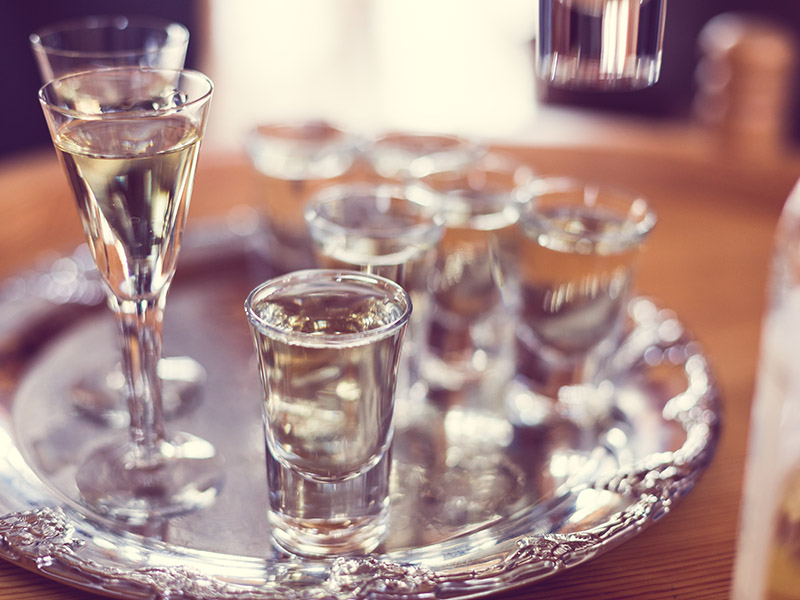
Snaps is what I consider a Swedish heritage. It’s a spiced version of vodka that the Swedish invented in the 14th century.
The initial purpose of infusing their vodka with spices was to mask the awful taste of alcohol. The Swedish usually serve Snaps in a designated type of glass called snapsglas. It’s a long and tall glass that holds about one shot of Snaps.
Now, Snaps is usually an accompaniment to Swedish food. Specifically, when pairing this alcoholic drink with the well-matched dishes, the spices will complement the flavor of the food very nicely. Dishes like crayfish and herring are very good when paired with Snaps.
Where to buy: Schnapps is a high-percentage liquor only available at the government-owned liquor store chain called “Systembolaget”. This chain sells liquors that are especially above 3.5%.
8. Swedish Fish Shot
Alcoholic
In Sweden, there’s a confectionary company called Malaco. In the 50s, this company produced a kind of jelly under the name “Swedish Fish”. These jelly candies are Malaco’s attempt at expanding their market to the US region.
The original name for this particular wine gum jelly in Swedish is “Pastellfiskar”. Bartenders later turned this type of sweet into an alcoholic cocktail by topping a shot cup of alcoholic jelly with one Swedish Fish. This drink is especially eye-catching, thanks to its vibrant red color.
Since Swedish Fish jelly candies don’t contain gelatin, they are slightly softer. This kind of texture works great with the jiggly texture of the jello shot, making it a fun experience to enjoy this specialty.
Where to buy: You can order this drink at any bar in Sweden. You can also try to order it in the Swedish name I have mentioned above.
9. Punsch (Swedish Punch)
Alcoholic
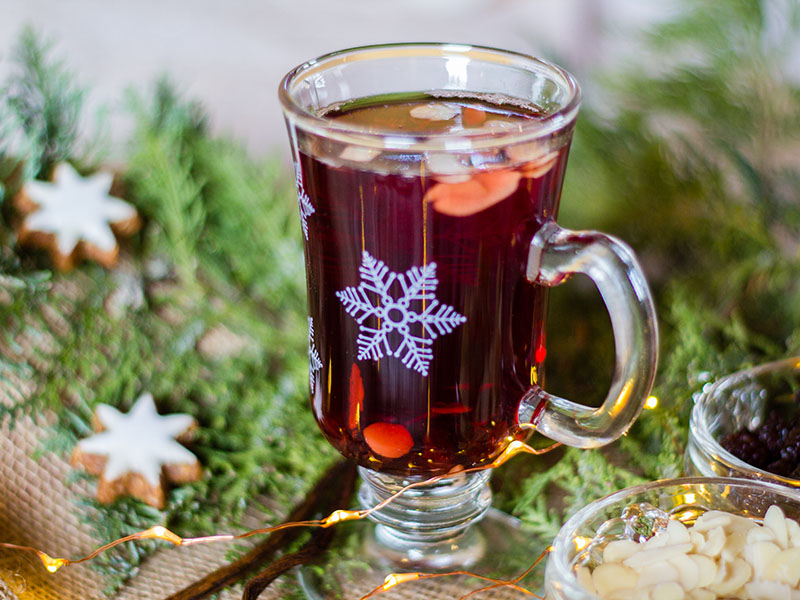
Judging by its name, you may think this is just a Swedish version of the fruit punch drink. But Pusnch is a far cry from that.
This drink also goes by “Arrack Punsch”. It’s a type of liquor from arrack famous in Sweden, Finland, and other Nordic countries.
It was in 1733 when the Swedish people first welcomed Punsch into their country. It started when a Swedish trade company began importing Batavian arrack from Java. Then Swedish nobles started combining arrack with the pricey imported tea and spirits to make pusnch.
An earlier version of Punsch appeared in a book called “A Voyage To China And The East Indies” in 1771. In this version, Pehr Osbeck, Olof Tóren, and Carl Gustaf Ekerberg described Punsch as a mixture of arrack, water, sugar, and lemon or tamarind.
At first sight, Punsch has a mesmerizing brown color. The aroma can be overpowering when you first take a sniff, but you’ll grow to love it. When tasting Punsch, you will notice a deep musky caramel taste note, which becomes a warm vanilla sugar flavor surrounding your taste buds.
Where to buy: Similar to Schnapps, the alcohol volume of Punsch is above 3.5%, around 25%. Therefore, you can only find this kind of drink at “Systembolaget”.
10. Isbjörn/Blue Lagoon (Polar Bear Cocktail)
Alcoholic
Despite its non-Swedish origin, Blue Lagoon is a common cocktail among the Swedes. The reason why they love it so much is because of its sweet taste and refreshing flavor. Another name for this drink is Isbjörn, which translates into a polar bear.
Isbjörn got its blue color from Blue Curaçao. Allow me to elaborate on the name if it doesn’t ring any bell. Blue Curaçao is a citrus liquor with a hint of bitterness from Lahara orange peel. Lahara orange is grown on the Curaçao island in the Caribbean, hence the name of this liquor.
Aside from Blue Caraçao, the cocktail includes vodka and fruit soda or juice. Other replacements that the Swedish might use for fruit soda are either Sprite or 7Up. The most common garnish for Isbjörn is citrus fruit slices like orange, lemon, or lime.
Isbjörn cocktail is usually a perfect drink for house parties or as a welcoming drink in Sweden. It’s also suitable to drink on a summer’s day or at a BBQ party.
Where to buy: Almost any bar in Sweden, no matter big or small, will serve this on their menu. So it won’t be a challenge for you to find it.
11. Gotlandsdricka (Swedish Ale)
Alcoholic
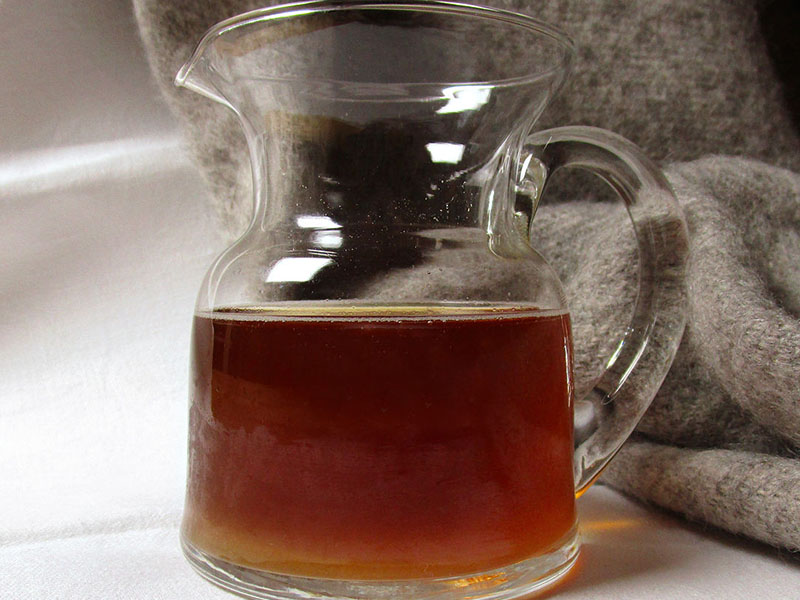
There’s more than just liquor in Sweden, they also make a great kind of beer called Gotlandsdricka.
This Swedish ale is a work of art coming from the farmers of Gotland Island, Sweden. The name directly translates into “Gotland’s drink”. This is a home-brewed ale with traditional recipes and techniques. Back then, only the women on the island of Gotland were eligible to brew this kind of drink.
Gotlandsdricka is a type of This smoky and slightly bitter drink that is a product of malt, yeast, sugar, and water. The malt can be of barley, wheat, rye, or oats. This gives a beautiful amber color to the drink. You can also taste a spicy note coming from junipers.
The Swedish have been putting effort into preserving the tradition of brewing this drink. Every year, there would be a Gotlandsdricka brewing contest. However, most of the Gotlandsdricka production now happens on the Gotland island.
Where to buy: The standard volume of Gotlandsdricka is around 6.6%, although it can vary depending on different brands of this ale. Thus, find yourself a bottle of Gotlandsdricka only at “Systembolaget” when coming to Sweden.
Recreating Some Swedish Original And Inspired Drinks Right At Your Home
I believe these are the simplest yet delightful drinks you can recreate at home for a taste of Swedish culture. There are both alcoholic and non-alcoholic recipes, so everyone can have a nice sip of these Swedish beverages.
1. Making Saft
It’s not a breeze to purchase original Saft concentrate outside Sweden, so I’m going to show you how to make your concentrate. That way, you can make a cup of refreshing Saft drink anytime it’s hot outside.
Ingredients: Fruits (berries), water, sugar, mint.
Step 1: Simmer a combination of fruits and water in a large pot.
Step 2: Wait until the fruit mixture turns soft and turn the heat off.
Step 3: Strain the mixture into a saucepan through a sieve or cheesecloth.
Step 4: Add sugar and adjust the taste to your liking. Bring the mixture to a simmer and add the mint.
Step 5: Let the syrup sit and cool itself. Then pour it into a sterilized glass bottle and refrigerate.
2. Making Glögg

What’s a better way to bring a Nordic Christmas into your home than by cooking up some Glögg? This drink is perfect for a cozy and intimate get-together.
Ingredients: Red wine, sugar, cardamom pods, ginger roots, cinnamon, orange zest, raisins, and orange slices for garnish.
Step 1: Combine everything in a large pot and bring it to a simmer for 2 minutes.
Step 2: Remove from the heat and let the liquid steep for 1 hour.
Step 3: Strain the liquid and remove the fruit and spices. Then reheat the Glögg.
Step 4: Right before serving, add a few raisins and almonds to the cup before pouring in the Glögg. Garnish with an orange slice.
3. Making Blue Lagoon Cocktail
Turn your kitchen into a minibar and try making this refreshing cocktail recipe. I’m sure it will be a pleasant treat for your guests next time you’re having a party at home.
Ingredients: Vodka, Blue Curaçao, lemonade, lemon slices, and maraschino cherry for garnish.
Step 1: Add vodka, Blue Curaçao, and lemonade into a shaker with ice and shake well.
Step 2: Strain into serving glass over finely crushed ice.
Step 3: Garnish with a lemon slice and maraschino cherry.
You can now make Blue Lagoon at home after this tutorial.
A Brief Introduction To The Swedish Drinking Culture And Etiquettes
Each country has its take on consuming alcohol and other beverages. For Swedish folks, there are certain rules when it comes to drinking, certain phrases for drinking, etc. The very Swedish essence lies in their demeanors and attitude towards this topic.
Moreover, there are backstories as to why the Swedish have particular traditions related to their beverages. Let’s go through some of them!
Fika – Swedish People’s Key To Happiness
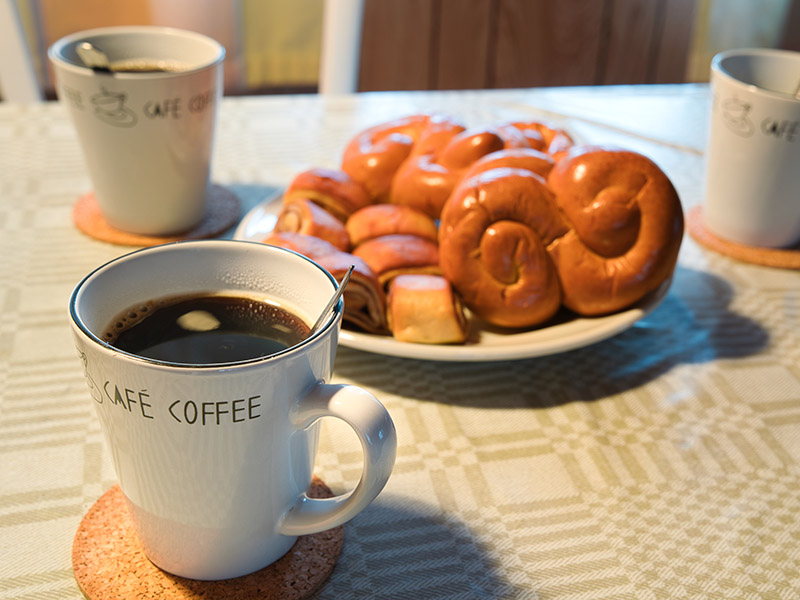
You may have once or twice heard of the phrase “Fika”. It’s a concept or lifestyle that is vital in enriching Swedish culture.
Fika is the act of having a coffee break with friends or family during the day. There’s no specific English phrase for this concept. But you can loosely translate Fika into “the experience of bonding with other people over a cup of coffee”.
Now there are some unwritten rules when it comes to Fika. You cannot call it Fika if you’re having coffee alone. It has to be with your friends, co-workers, or family members because it’s more about the idea of taking a break to connect with others.
Another thing about Fika is that the space for Fika usually is surrounded by candles. This even applies to workplace spaces. The purpose is to help refresh your mind during work, making it easier for you to bond with the people around you.
The Swedish take their Fika routine very seriously. Some even consider it a daily ritual. It’s common to hear the Swedes tell you that you can never be too busy for a Fika.
Drink Your Liquor The Swedish Way
If you want your drink the authentic Swedish way, keep these things in mind.
- Say “Skål!” instead of “Cheers!”.
- It’s an unwritten rule that you usually have to drink when coming to a party in Sweden.
- There’s no middle ground in drinking alcohol for a Swedish. They either go all the way, or they drink nothing at all.
Alcohol Purchase And Consumption In Sweden Isn’t All Fun
Alcohol in Sweden is quite costly. For instance, it would cost you around 25 euros for a bottle of Absolut vodka. Moreover, Swedish people don’t have unrestrained access to alcohol. Specifically, alcohol over 3.5% is only available in a “Systembolaget” store.
Systembolaget is the only chain of retail stores you can find in Sweden that sells liquor more than 3.5%. The reason behind this is to control the age restriction on alcohol consumption. The age for drinking in Sweden is 18 years old. However, you have to be 20 to buy liquor in Systembolaget.
On a different note, Swedish people don’t always get drunk and consume an excessive amount of liquor. It’s not generally accepted for them to drink on the night before workdays. However, one usually drinks comfortably on the weekends.
One thing you have to remember is that Swedish people are very strict with drinking and driving. It is not acceptable to even sip on alcohol, assuming you will still be sober enough to drive afterward. It’s better to be safe than sorry!
A Brief Insight Into The Abundant Culture Of Swedish People And Their Prestigious Drinks
The Swedes always put all their hearts and souls into the drinks they make. It’s amazing how they can bring out the best essence of every ingredient and turn it into splendid beverages with such a rich background.
What drinks will you choose to make at your next party? Whether it’s alcoholic or non-alcoholic, I’m sure you will love it.
For the non-alcoholic drinks, do you think the children you will enjoy them? Share your thoughts with me. Maybe you can even ask for your children’s opinions on these drinks as well. I’ll be right in the comments waiting for their thoughts!
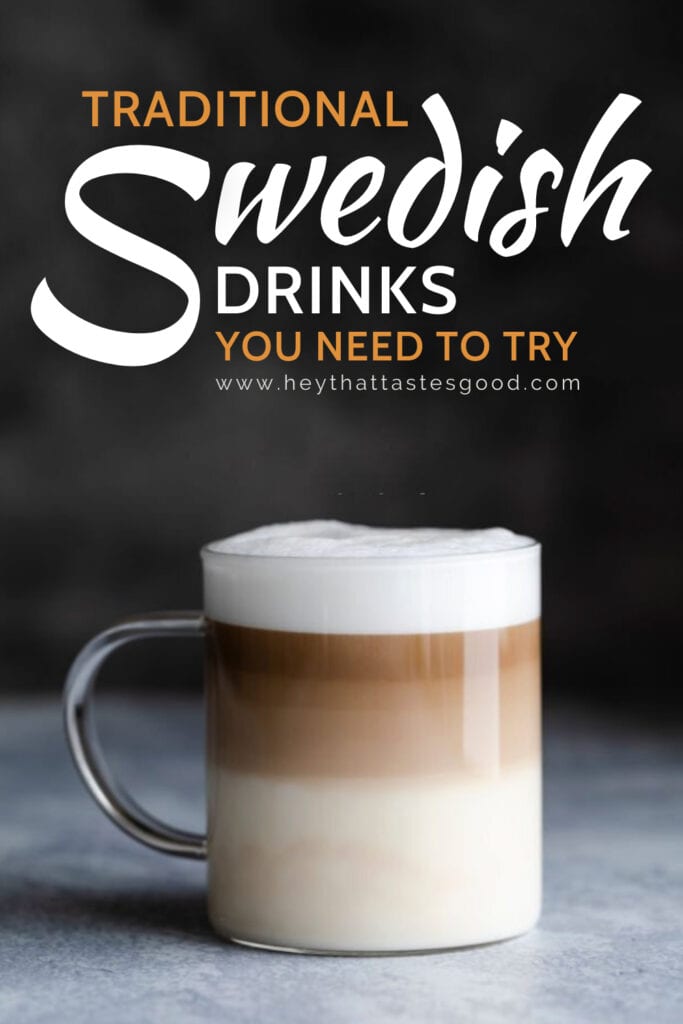


Linda Dean
Expertise
Culinary Arts, Food Journalism, Global Cuisine, Exploration, Recipe Development, Cultural Food Studies, Culinary Travel and Storytelling
Education
Culinary Institute of America, Hyde Park, NY
Program: Associate in Culinary Arts
Focus: Developed a comprehensive understanding of global cuisines and essential cooking techniques. Engaged in intensive hands-on practice in both kitchens and real-world settings, guided by expert chefs. This program emphasized the application of culinary skills in professional environments, preparing students for a variety of roles in the culinary industry.
City, University of London, London, UK
Program: BA Journalism
Focus: Gained expertise in media studies with a strong foundation in reporting, editing, and communicating. While the program focuses broadly on journalism, the skills acquired apply to food journalism, including the ability to analyze and report on food culture and culinary trends effectively.
Linda Dean is an experienced chef and food writer who loves exploring flavors from around the world. Trained at the Culinary Institute of America, Linda has spent over ten years mastering the art of making dishes that truly represent different cultures. She also studied journalism at City, University of London, which helps her write engaging stories about these foods.
On heythattastesgood.com, Linda shares recipes that bring the world’s kitchens to her readers. She focuses on authentic tastes and the stories behind them, making it easy for anyone to try international cuisine at home.